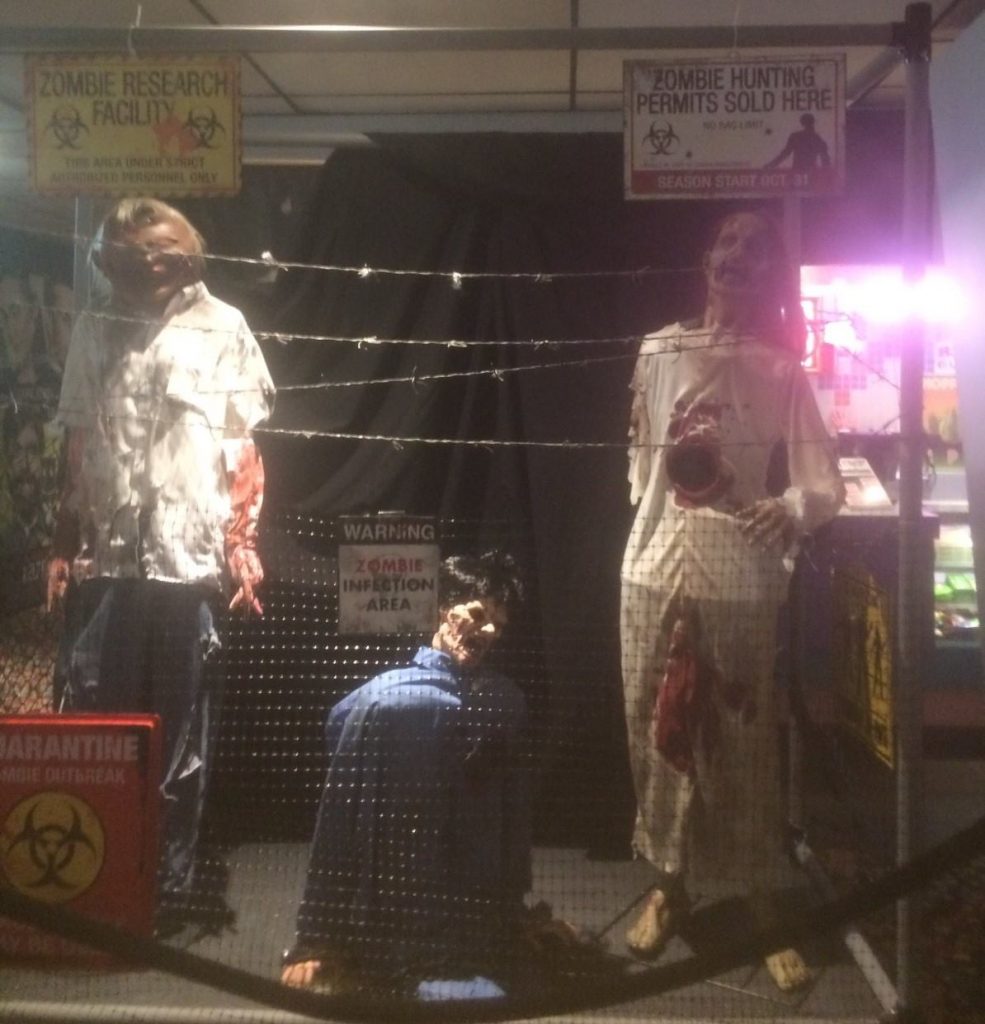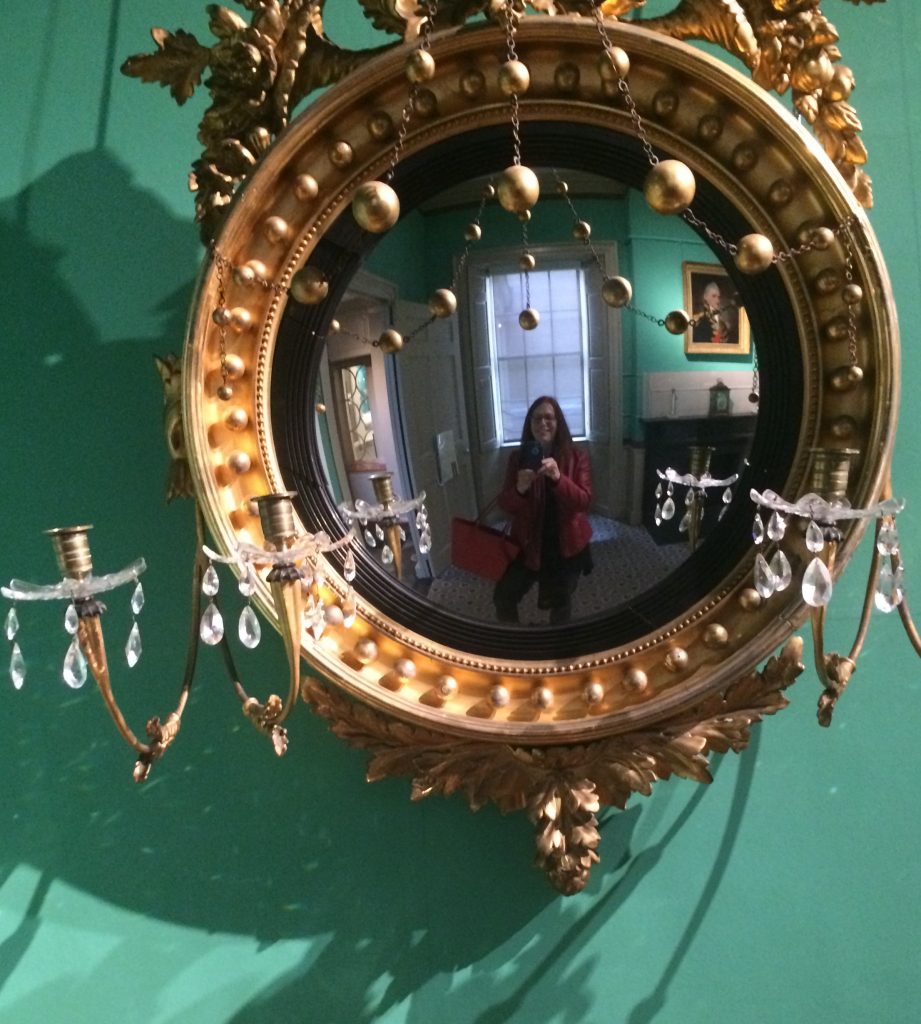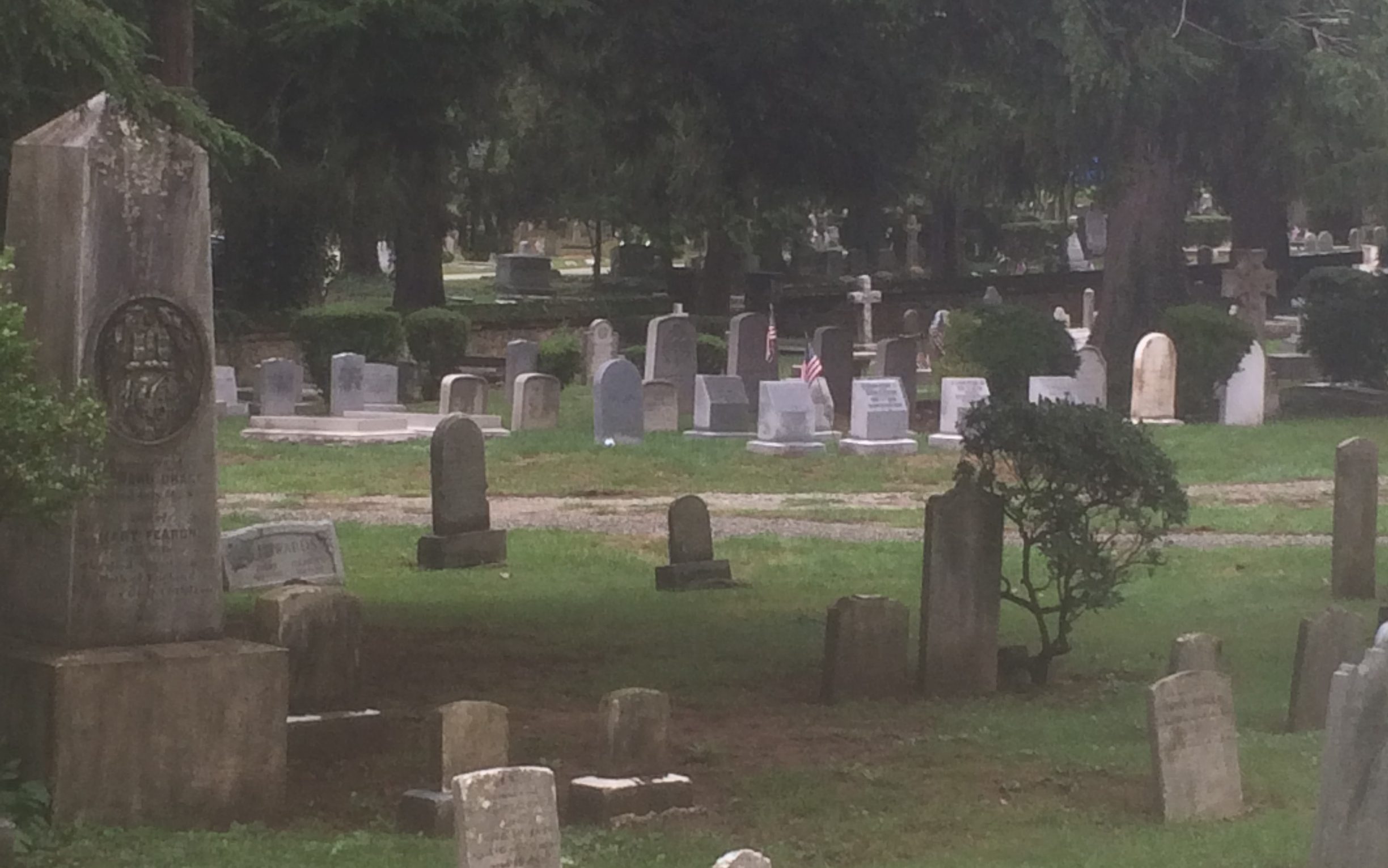I know what scares me. And because I was born to research, I know why. Fear theories abound—at least seven in various psychological journals I read recently. For my purpose as a writer, though, I prefer the prism of evolutionary theory, as discussed in The Psychologist (from the British Psychological Society).
Our primitive brains harbor instinctive, very understandable fears:
Fear of being eaten.
You get that, right? For years, I watched Jaws on the last day of school, each time experiencing thrill and dread during the 4th of July scene on the beach. As a kid glued to Shock Theater on TV, I lapped up Lugosi in Browning’s Dracula and Lon Chaney Jr. in The Wolf Man, then slept with my blanket tucked over my neck. Romero’s Night of the Living Dead probably scarred me for life. So did Tolkien’s Shelob.

Fear of contagion.
Given the current health crisis, we all get this one. The horror genre oozes with examples. Will you ever forget the xenomorph chest-burster in Alien? Vampirism and zombie death/life are catching too. Remember the rapid spread of the virus in Brooks’ World War Z: An Oral History of the Zombie War?In the movie Slither, the parasite works as a conscious disease that utterly transforms its hosts.

Violations of the person.
The third is my favorite fear category. It’s a vague term, I know. A better one might be Freud’s term unheimlichkeit, meaning uncanniness. These are the situations (or beings) that set off your Spidey-sense. I have a recurring dream that perfectly illustrates the fear. It’s late at night. I wander into the bathroom and pause in front of the mirror over the sink. As I look at my reflection, I sense that something is off. Then she grins at me.

Just writing the description creeps me out.
And creepy is another good word to describe this category. It’s an uneasiness, a tingle that’s like a flashing yellow light warning you to watch out. It’s Shirley Jackson telling you from the beginning that Hill House is not sane. From the outside, the bricks meet neatly, but all the corners are askew.
This category covers things that might seem right at first glance, but not on the second one. Ever wonder why monsters in masks so terrify? They fall under the third category too. From the primitive brain perspective, masked entities are dangerous because their true facial expressions are hidden, so it’s impossible to assess any threat they might represent. Modern nightmares are full of these masked monsters. You might have bought Halloween masks of Leatherface, Jason Voorhees, and Michael Myers.
Then there are clowns.
Clowns are practically a case study. I know a sweet lady who dresses up as one and makes balloon animals for sick kids. But Gacy also dressed up as a clown. Clowns are problematic. Their makeup exaggerates features and hides expression. Because you can’t be sure about them, clowns are creepy. David Livingstone Smith in “A Theory of Creepiness” discusses the threat ambiguity theory. When something is off, uncanny, you can’t categorize it. The uncertainty paralyzes.
A related fear factor term is the uncanny valley. If you’re disturbed by dolls that are too lifelike or the animation in The Polar Express, you know what I’m referring to. Horror movies frequently descend into this valley when they show a critter with halting, jerky movements that hint the thing isn’t quite human. Go ahead and cringe as you recall Samara creeping out of the TV in The Ring, and Regan spider-walking downstairs in The Exorcist.
Dwelling in the uncanny valley
As a writer, I love dwelling in that uncanny valley and creating settings that signal to my readers that something is off. The Something in the Dark series features haunted places that are scary because of their ambiguity—the possible unseen threat.

Think about it. Everything about an abandoned old mansion calls for hypervigilance: creaking floorboards, fluttering curtains, low-frequency moans from dusty ducts, cold spots, and limited exits. No wonder the Winchester House and Pennhurst are haunted. (By the way, as a teen in the seventies, I used to volunteer at Pennhurst. Even occupied, it was horrific.)
I’ve used my valley experiences countless times in my work. In Seeing Things, I recreated a terrifying graveyard hide-and-seek game. As I hid, I knew with a cold certainty that something was hiding with me.

Stephen King in Danse Macabre explains that “we make up horrors to help us cope with the real ones.” Look around. Is it any wonder horror lit is popular?